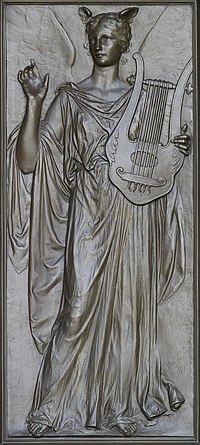
Photo from wikipedia
Picture books are part of many young children’s lives, whether at home or in early childhood or school settings. Their unique creative combinations of words and visual images can engage… Click to show full abstract
Picture books are part of many young children’s lives, whether at home or in early childhood or school settings. Their unique creative combinations of words and visual images can engage children’s attention, stimulate their imagination, and support their development as meaning-makers. Nurturing a love of books in young children can foster the development not only of early literacy skills, but also positive reading identities. Early childhood educators therefore have key roles to play as selectors, analysts and mediators of picture books. This article aims to build educators’ awareness of these roles through the analytical discussion of a small group of picture books selected for their focus on children’s imaginative worlds. Children need to see themselves in books, and given that play and imagination are central to young children’s ways of being and learning, picture books about children engaged in imagination and play can be important resources for nurturing a love of reading and fostering positive reading identities in young children. This pedagogical position paper explores a small sample of such books and discusses their value as part of early literacy curriculum.
Journal Title: Education Sciences
Year Published: 2023
Link to full text (if available)
Share on Social Media: Sign Up to like & get
recommendations!